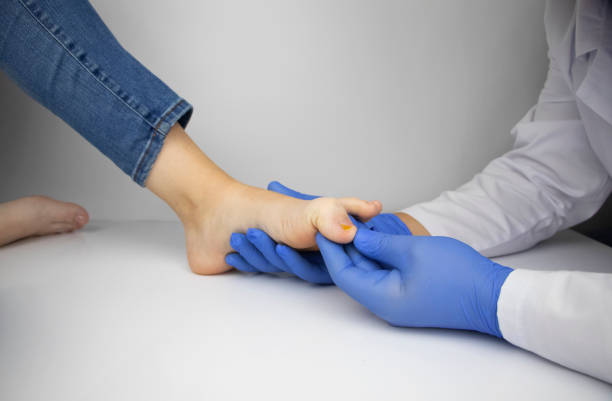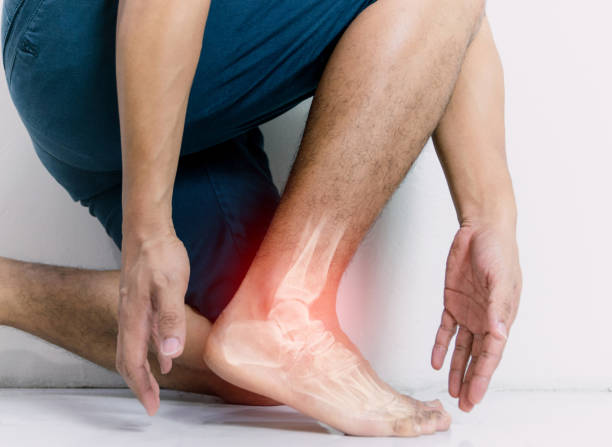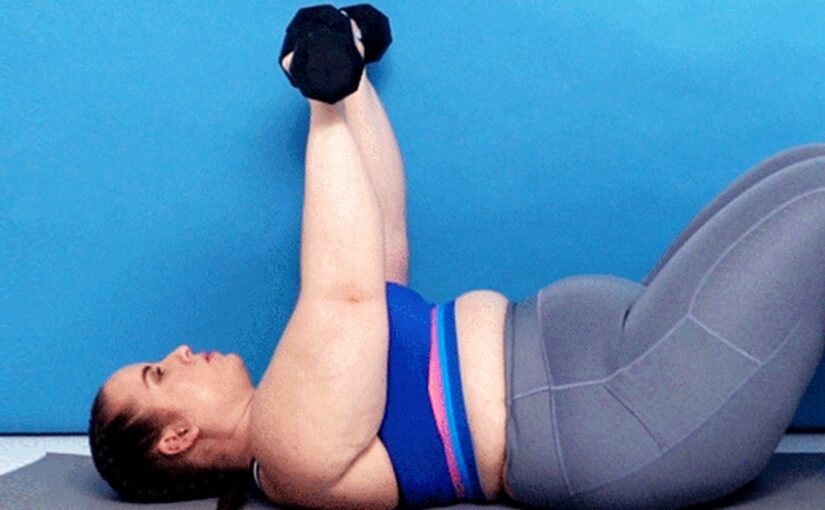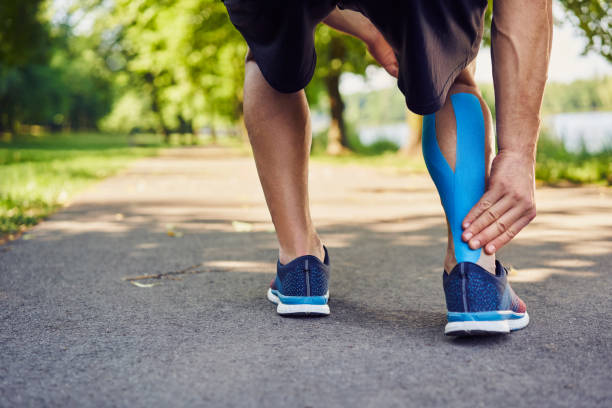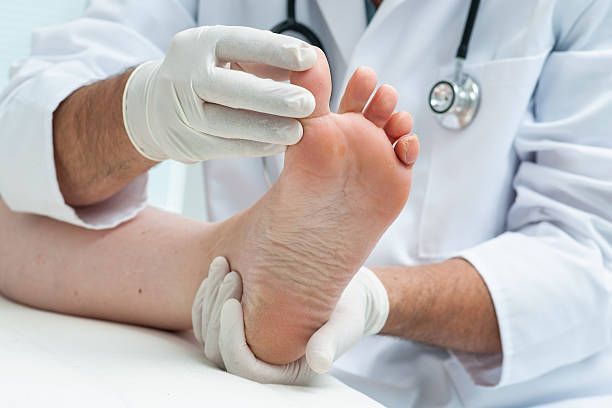
Feet are remarkable structures that often go unnoticed until they start causing problems. As the foundation of our body, they bear the weight of our daily activities, yet they are commonly neglected in terms of care and attention. This is where podiatrists step in, offering expertise in the diagnosis, treatment, and prevention of disorders and injuries affecting the feet and lower limbs. In this article, we delve into the world of podiatry, exploring insights gained from the practice of these foot specialists.
Understanding the Importance of Podiatry
Podiatry is a branch of medicine dedicated to the study, diagnosis, and treatment of disorders of the foot, ankle, and lower extremities. While many may not realize it, the health of our feet plays a crucial role in our overall well-being. From providing support and balance to enabling mobility, our feet are integral to our daily activities. However, issues such as foot pain, injuries, deformities, and infections can significantly impact our quality of life if left untreated.
Podiatrists undergo extensive training to become experts in foot and ankle care. They possess specialized knowledge in areas such as biomechanics, orthotics, sports medicine, wound care, and surgery. By evaluating patients’ foot health comprehensively, a podiatrist High Wycombe can identify underlying issues and develop personalized treatment plans to address them effectively.
Insights from Podiatrists’ Practice
- Preventive Care: One of the key insights from podiatrists’ practice is the importance of preventive care. Just as we visit the dentist for regular check-ups to maintain oral health, routine visits to a podiatrist can help prevent foot problems before they escalate. Podiatrists can assess foot structure and function, identify risk factors, and provide guidance on proper footwear, foot hygiene, and exercises to keep feet healthy.
- Custom Orthotics: Another valuable insight is the role of custom orthotics in managing various foot conditions. Orthotics are customized shoe inserts designed to address specific foot issues, such as flat feet, high arches, or biomechanical imbalances. Podiatrists use advanced technology and gait analysis to create orthotics tailored to individual patients, providing support, cushioning, and alignment to alleviate pain and improve function.
- Sports Medicine: Podiatrists play a crucial role in sports medicine, helping athletes prevent and manage foot and ankle injuries. They understand the biomechanics of athletic movement and can address issues such as plantar fasciitis, Achilles tendonitis, stress fractures, and turf toe. Podiatrists work closely with athletes to optimize performance, reduce injury risk, and facilitate timely recovery through comprehensive treatment strategies.
- Diabetic Foot Care: Diabetic foot complications are a significant concern, as diabetes can lead to neuropathy, poor circulation, and foot ulcers that may result in serious infections and even amputations if not managed properly. Podiatrists specialize in diabetic foot care, conducting regular screenings, educating patients on foot self-care, and providing treatment for wounds and infections. They collaborate with multidisciplinary teams to ensure comprehensive diabetes management and prevent diabetic foot complications.
- Surgical Intervention: In cases where conservative treatments are insufficient, podiatric surgery may be necessary to address structural abnormalities, deformities, or severe injuries. Podiatrists are skilled in a variety of surgical techniques, ranging from minimally invasive procedures to complex reconstructions. They prioritize patient safety and optimal outcomes, guiding patients through every step of the surgical process, including preoperative preparation, postoperative care, and rehabilitation.
Feet, often overlooked in the grand scheme of our health, are quite literally the foundation of our bodies. Think of them as the unsung heroes who carry us through our daily lives, absorbing the impact of every step we take. Yet, despite their critical role, we tend to neglect their care until they start causing us pain or trouble.
This is where a podiatrist Guildford comes in. These specialized medical professionals are dedicated to the study, diagnosis, and treatment of disorders affecting the feet and lower limbs. Their expertise extends beyond mere treatment; they are proactive advocates for foot health, emphasizing preventive care to ensure that potential issues are addressed before they escalate.
By leveraging their extensive training and experience, podiatrists offer invaluable insights into foot health. They go beyond simply treating symptoms; they aim to understand the root causes of foot and ankle disorders, providing comprehensive solutions tailored to each patient’s unique needs.
Preventive care lies at the heart of podiatry. Podiatrists encourage regular check-ups to assess foot health, identify risk factors, and implement strategies to maintain optimal function. This proactive approach can help prevent the development of chronic conditions and minimize the risk of injuries, allowing individuals to lead active and pain-free lives.
Advanced techniques, such as custom orthotics, are instrumental in addressing a wide range of foot issues. These personalized shoe inserts provide support, stability, and alignment, alleviating pain and improving overall foot function. Podiatrists utilize cutting-edge technology and biomechanical assessments to design orthotics that precisely meet the needs of each patient, ensuring maximum effectiveness.
In the realm of sports medicine, podiatrists play a vital role in keeping athletes on their feet. They understand the unique demands placed on the feet and ankles during athletic activities and are adept at diagnosing and treating sports-related injuries. Whether it’s a sprained ankle, stress fracture, or plantar fasciitis, podiatrists work closely with athletes to facilitate recovery and prevent future injuries, allowing them to perform at their peak.
For individuals living with diabetes, proper foot care is of paramount importance. Diabetes can lead to nerve damage, poor circulation, and foot ulcers, putting individuals at risk of serious complications. Podiatrists specialize in diabetic foot care, conducting regular screenings, providing education on foot self-care, and offering treatment for wounds and infections. By closely monitoring foot health and addressing issues promptly, podiatrists help mitigate the risk of diabetic foot complications and improve the overall quality of life for diabetic patients.
In cases where conservative treatments are not sufficient, podiatric surgery may be necessary to correct structural abnormalities or address severe injuries. Podiatrists are skilled in a variety of surgical techniques, ranging from minimally invasive procedures to complex reconstructions. They prioritize patient safety and optimal outcomes, guiding patients through every step of the surgical process and ensuring comprehensive postoperative care and rehabilitation.
In conclusion, podiatrists are unsung heroes in the realm of healthcare, dedicated to promoting foot health and ensuring that individuals can stay “feet first” in their daily pursuits. Through preventive care, advanced techniques, sports medicine expertise, diabetic foot management, and surgical intervention when necessary, podiatrists strive to improve the quality of life for their patients and keep them on their feet, pain-free and mobile. If you want to learn more about the many services a podiatrist can offer, visit Midland Podiatry’s website at www.midlandpodiatry.com.au or might as well visit them if you are around Perth.
Let’s step forward with appreciation for the invaluable care podiatrists provide, recognizing the critical role they play in keeping our feet healthy and happy.

